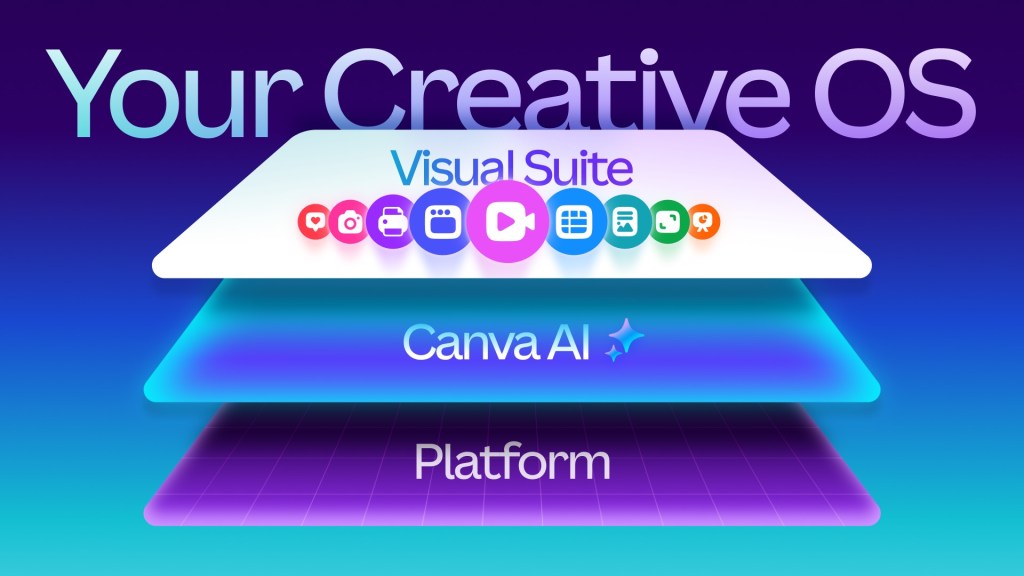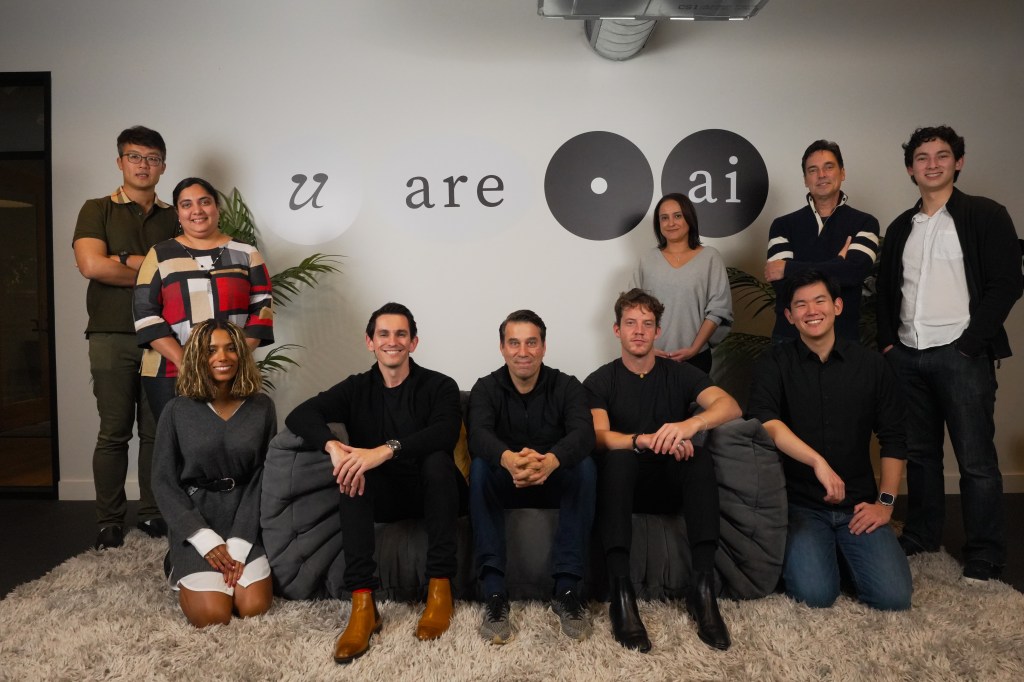Canva Unveils Proprietary Design Model and Advanced AI Features to Revolutionize Creative Workflows
In a significant move to redefine the digital design landscape, Canva has introduced its proprietary design model alongside a suite of advanced AI-powered features. This strategic enhancement aims to streamline creative processes, making design more accessible and efficient for users across various skill levels.
Introduction of Canva’s Proprietary Design Model
Canva’s new design model is a testament to the company’s commitment to innovation. By developing an in-house model, Canva ensures that its platform remains at the forefront of design technology, offering users a seamless and intuitive experience. This proprietary model is tailored to understand and anticipate user needs, facilitating the creation of high-quality designs with minimal effort.
Expansion of AI-Powered Tools
Building upon its existing AI capabilities, Canva has expanded its suite of tools to include several new features designed to enhance user creativity and productivity:
– Magic Write: Initially launched in December 2022, Magic Write is Canva’s AI-powered copywriting assistant. As of March 2023, it has been integrated across all Canva project types, including presentations, social media graphics, and flyers. This tool assists users in generating compelling text, making content creation more efficient.
– Magic Design: Introduced in March 2023, Magic Design allows users to upload an image and select a style to receive a curated selection of personalized templates. This feature simplifies the design process by providing tailored suggestions that align with the user’s vision.
– Magic Edit and Magic Eraser: These tools offer advanced image editing capabilities. Magic Edit enables users to add or replace elements within an image by specifying the desired changes, while Magic Eraser allows for the removal of unwanted details by simply brushing over the area.
– Beat Sync: This feature automatically aligns video footage with a chosen soundtrack, ensuring a harmonious and professional final product.
– Translate: With support for over 100 languages, the Translate feature enables users to automatically translate text within their designs, facilitating global communication and collaboration.
Introduction of Brand Hub
To assist teams in maintaining brand consistency, Canva has launched the Brand Hub. This suite includes tools such as Magic Replace, which allows for the swift updating of brand assets like logos across multiple designs. Additionally, the hub offers features for creating brand templates, folders, and guidelines, as well as approval workflows to ensure designs meet brand standards before publication.
Enhancements to User Experience
Canva has also introduced several user-requested features to improve the design experience:
– Draw: This tool enables users to sketch simple shapes, which are then transformed into polished graphics, bridging the gap between freehand drawing and digital design.
– Layouts and Styles: Users can add content to a page and receive layout recommendations, as well as browse suggested color palettes and fonts, streamlining the design process.
– Layers: This feature provides a comprehensive view of all elements within a design, including text, shapes, images, and videos, allowing for easier management and editing.
– Alt Text Support: To enhance accessibility, Canva now supports alt text, enabling users to provide descriptions for images and elements, benefiting individuals with visual impairments.
– Expanded Font Library: The addition of 953 new fonts, including classics like Arial, Courier, Helvetica, and Times New Roman, offers users a broader range of typographic options.
Canva’s Commitment to AI Integration
Canva’s dedication to integrating AI into its platform is evident through its strategic acquisitions and partnerships. In July 2024, Canva acquired Leonardo.ai, a generative AI content and research startup, to bolster its AI capabilities. This acquisition has contributed to the development of Canva’s Magic Studio, an all-in-one AI design offering that redefines the user experience by placing AI at the core of the design process.
The company’s approach to AI is multifaceted, encompassing internally developed models, collaborations with AI partners like OpenAI and Google Cloud, and an ecosystem of developers contributing to Canva’s app marketplace. This comprehensive strategy ensures that Canva remains a leader in the integration of AI within design platforms.
Conclusion
By launching its proprietary design model and expanding its suite of AI-powered features, Canva continues to revolutionize the design industry. These advancements not only enhance the creative capabilities of users but also streamline workflows, making design more accessible and efficient for individuals and teams alike.



